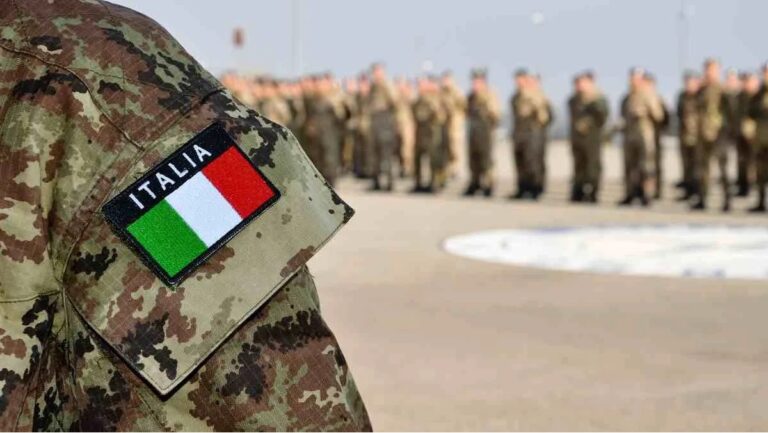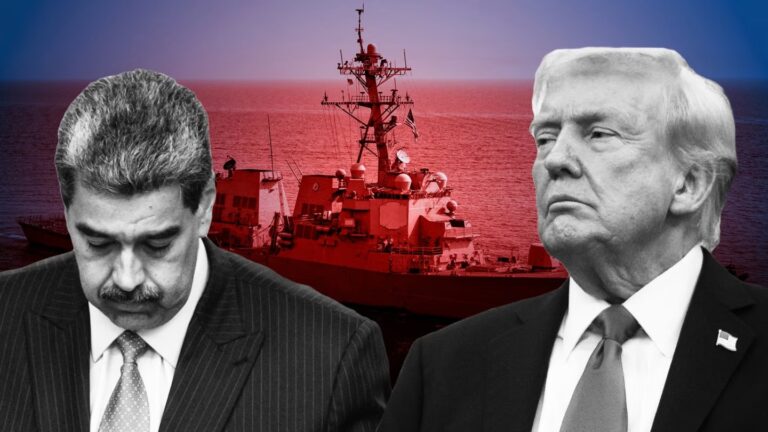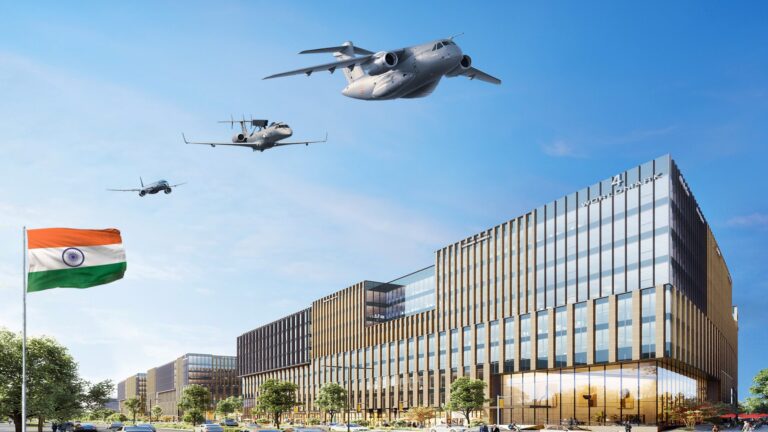
UK F-35 Stuck in India
A British Royal Navy F-35B Lightning II stealth plane worth $110 million had to make an emergency landing at Thiruvananthapuram International Airport in India on June 14, 2025. The plane was part of the HMS Prince of Wales Carrier Strike Group and was on a normal mission in the Indo-Pacific when it ran into problems.
The jet couldn’t get back to the carrier at first because of severe weather and insufficient fuel. Then, its hydraulic system broke down, making it impossible for it to return. The F-35B’s secret technology made the situation swiftly turn into a diplomatic and security issue.
An Emergency Landing in Kerala with High Stakes
The F-35B was flying approximately 100 nautical miles off the southwest coast of India when it declared an emergency. The Indian Air Force (IAF) found the plane and let it land at the civilian airport using its Integrated Air Command and Control System (IACCS).
A representative for the IAF said:
“After declaring the emergency, IACCS promptly located the F-35B and dispatched it to Thiruvananthapuram.”
India called this place an emergency recovery airfield, which made it possible for a quick and secure landing.
Why the F-35B is Important: Power and Accuracy in the Air
Lockheed Martin made the F-35B Lightning II, which is one of the most advanced stealth planes ever made. Lockheed Martin designed the F-35B Lightning II for short take-off and vertical landing (STOVL), specifically for use on carriers and attack ships.
The F-35B has these important features:
- Stealth coatings and very small radar cross-section
- Advanced sensor fusion for knowing what’s going on
- The Pratt & Whitney F135 engine gives you supersonic speed.
- Ability to share data for collaborative actions with allies
- No other fighter can match the electronic warfare equipment of this one.
- The F-35B is much better at being stealthy, having excellent sensing systems, and working with other carrier fighters like the F/A-18 Super Hornet or the Russian Su-33.
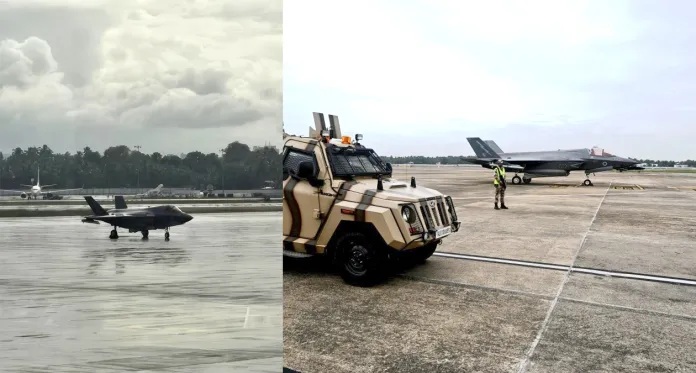
Technical Problems in India
The landing went OK, but the jet couldn’t get back to HMS Prince of Wales. The plane couldn’t fly because the hydraulic system, which controls the landing gear and flight surfaces, broke down. An AW101 Merlin helicopter flew in a Royal Navy support team to look at the damage.
The British High Commission in Bengaluru said:
“The F-35B had a problem with its engineering on the ground after the weather stopped a carrier from coming back. The work to recover is still going on.
Even after refuelling and initial checks, the F-35 systems’ complexity halted the repair work. British engineers are currently awaiting the arrival of special equipment from the UK.
Tight Security Around Technology That Is Important
The F-35B was first left on the tarmac, which worried people because of India’s monsoon weather and the civilian airport.
Air India reportedly offered hangar space, but British officials declined due to strict rules on technology protection.
After two weeks, the Royal Navy and India’s Central Industrial Security Force finally moved the plane to a secure hangar and began guarding it around the clock.
The UK’s Ministry of Defence made it clear:
“The British government maintains complete control over the plane, ensuring its sensitive systems remain safe around the clock.”
Questions from Parliament and a lack of media coverage
UK MPs are both curious and critical of the event. Many people wanted to know how the UK is keeping its secret stealth technology safe while working in a country that isn’t a member of NATO.
The media in Britain have been careful in how they report the event. Indian security experts and internet forums, however, have publicly suggested that the hydraulic breakdown may have been the primary cause, rather than just bad weather or concerns about fuel.
On Indian TV, aviation expert Guy Gratton indicated that the British might be quiet because they are embarrassed that such a high-tech asset is currently sitting unused in another country.
What it means for strategy and diplomacy
- This incident took place during Operation Highmast, a UK mission to boost Indo-Pacific ties amid China tensions.
- As part of the mission, HMS Prince of Wales is conducting exercises with regional partners, including India.
- India maintains a neutral stance and cooperates with Russia and Western countries in defence and diplomacy.
- Hosting the F-35B reflects growing trust between New Delhi and London on sensitive military matters.
- India continues to operate French Rafales and Russian-designed jets in its air force fleet.
- This cooperation is similar to previous instances. In 2016, a US F-22 Raptor landed in Canada for emergency repairs and stayed there, escorted by allies. But because India is not a NATO partner, the F-35B position is very delicate.
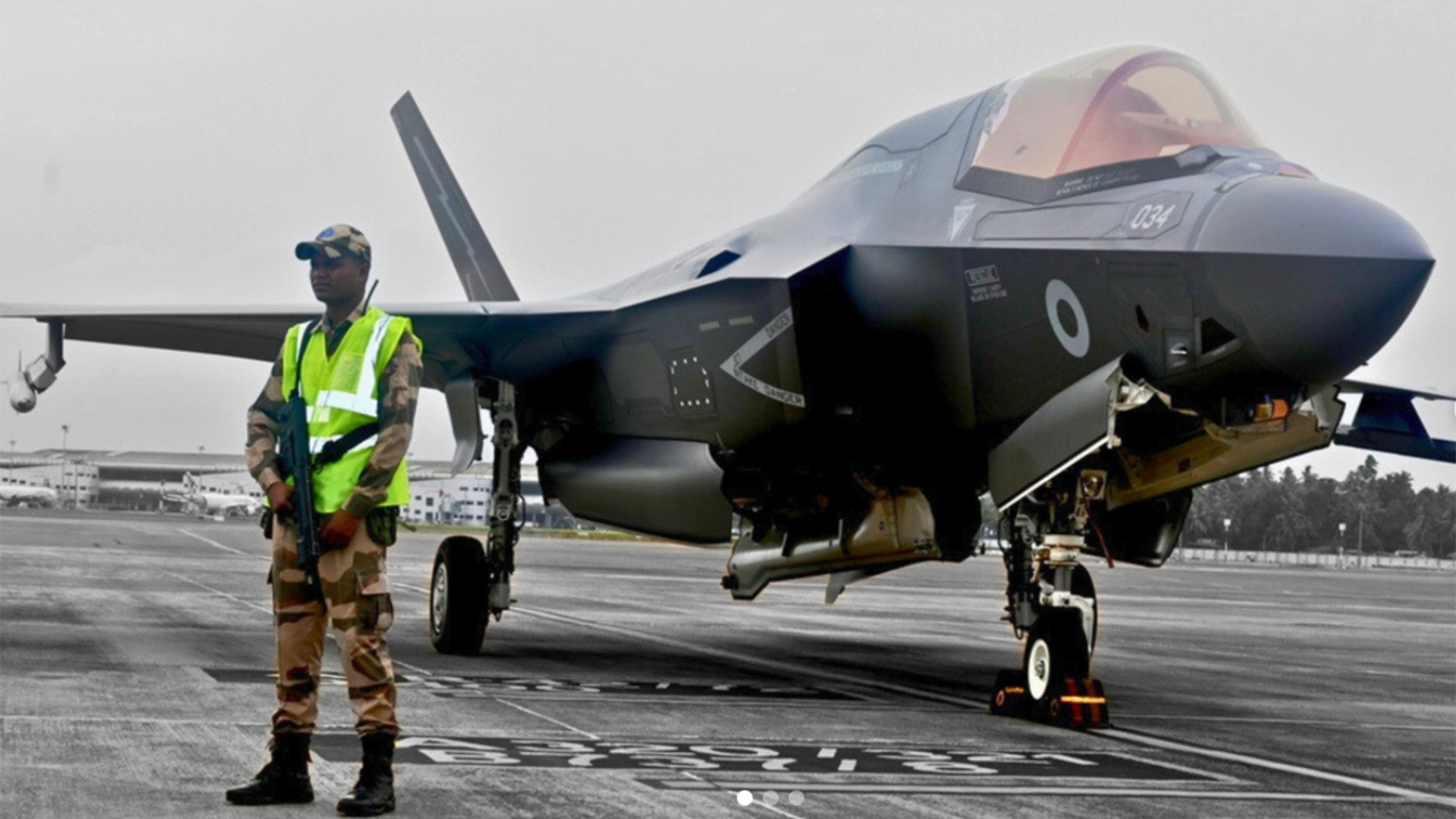
Problems with logistics and technology for recovery
It’s difficult to fix the F-35B in India. If repairs in the area don’t work, the plane may need to be hoisted by a C-17 Globemaster, which would be a logistical nightmare like the one that happened in Bangladesh in 2020 when a US C-17 had to be removed the same way.
People are aware that the F-35B necessitates extensive maintenance. A report from the Pentagon in 2024 said that the plane breaks important systems more often than predicted, which causes delays and higher expenses.
This unforeseen grounding could hurt the Royal Navy’s ability to carry out its missions in a region that is crucial to British interests.
A Test of Technology and Trust
The UK’s F-35B’s immobility in India is not a routine emergency. It tests both the engineering strength of fifth-generation planes and the strength of the UK’s and India’s strategic connections.
The fact that Indian officials are providing logistical and diplomatic support shows that people are becoming more confident. But the longer the plane stays on the ground, the more doubts there are about the F-35 programme’s reliability and the risks of using it now and in the future.
As the Royal Navy waits for parts and experts, the world watches a high-profile lesson develop at the intersection of advanced military gear, geopolitics, and cooperation between allies.
References
- F-35B Lightning II – Lockheed Martin
- UK Royal Navy’s Carrier Strike Group – Royal Navy
- India, UK Joint Military Cooperation – The Hindu
- Thiruvananthapuram Airport Overview – AAI
- 2024 DoD F-35 Report Summary – U.S. GAO
- F-35 Maintenance and Readiness Challenges – Defense News
- India’s Role in Indo-Pacific Strategy – ORF
- Royal Navy Confirms F-35B Grounding in India – Defence News Today




